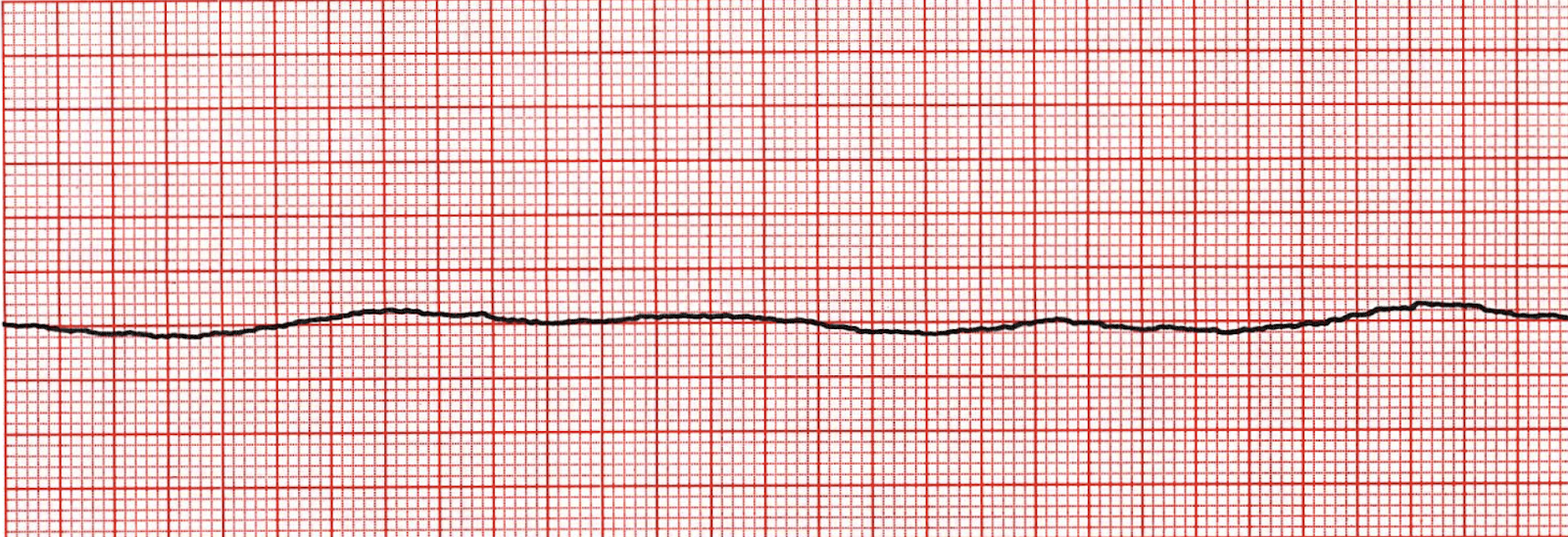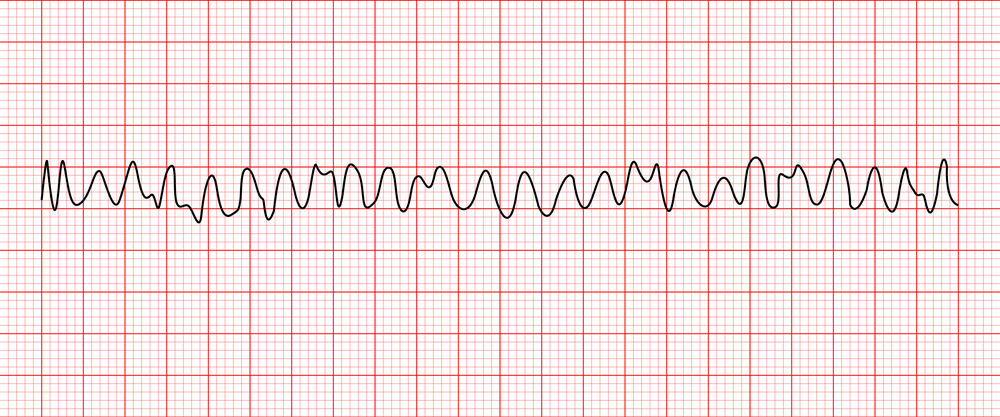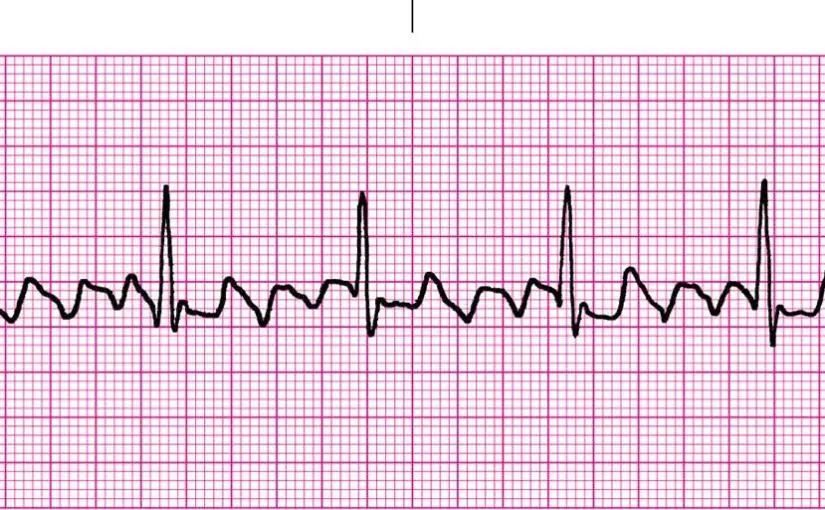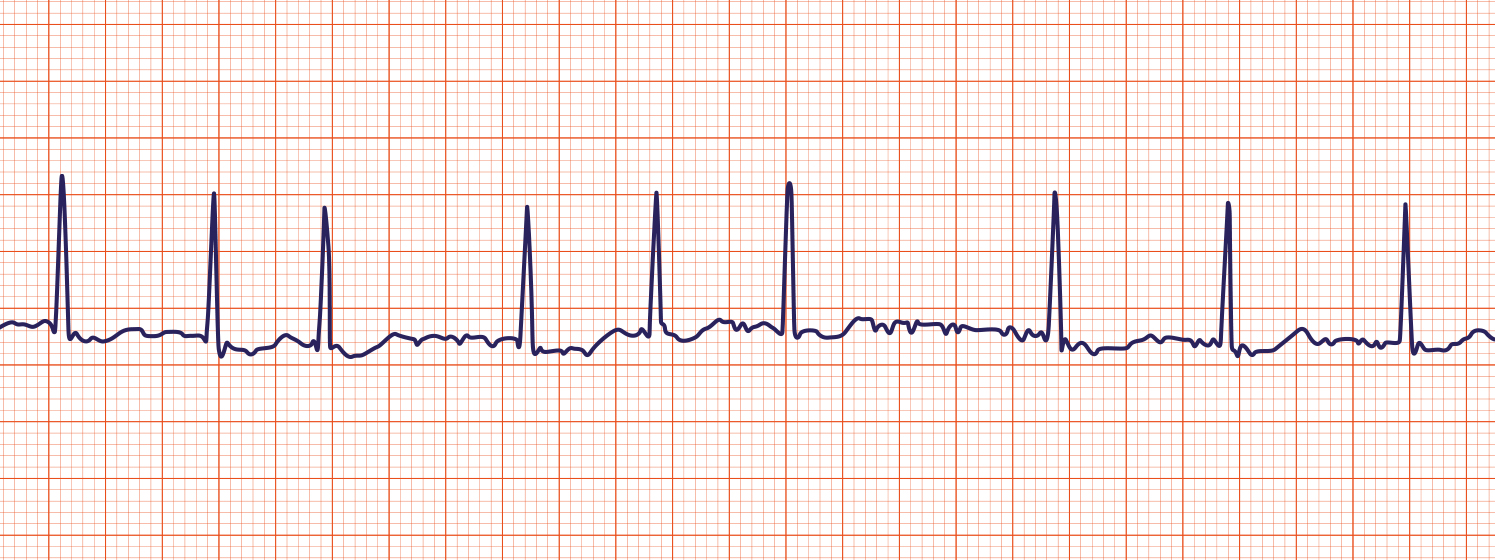NCLEX-RN
EKG Rhythms | ECG Heart Rhythms Explained
NCLEX TIP: Cardiac Arrhythmias
1. Asystole

Description: Complete absence of cardiac output; no QRS complexes present.
Lethality: Fatal within 8 minutes due to no cardiac output and no brain perfusion.
Priority: Highest.
- Management:
- Initial Treatment: Epinephrine.
- Secondary Treatment: Atropine.
2. Ventricular Fibrillation (V-Fib)

Description: Chaotic and irregular QRS complexes; no discernible rhythm.
Lethality: Fatal within 8 minutes due to no cardiac output and no brain perfusion.
Priority: Highest.
Management:
- Immediate Treatment: Defibrillation.
3. Ventricular Tachycardia (V-Tach)

Description: Rapid, bizarre QRS complexes; can still have cardiac output.
Lethality: Potentially life-threatening; depends on whether there is cardiac output.
Management:
- Treatment: Lidocaine or Amiodarone.
4. Normal Sinus Rhythm

Description: Regular rhythm with P waves preceding every QRS complex and T waves following QRS complexes. QRS complexes are evenly spaced.
Management: No treatment required; regular monitoring.
5. Premature Ventricular Contractions (PVCs)

Description: Periodic wide, bizarre QRS complexes. Generally low priority unless specific conditions apply.
Moderate Priority Conditions:
- More than 6 PVCs per minute.
- More than 6 PVCs in a row.
- Occurrence on a T-wave of a previous beat (R-on-T phenomenon).
Management:
- Treatment: Lidocaine or Amiodarone.
6. Atrial Flutter

Description: Rapid and regular P-wave depolarizations in a saw-tooth pattern.
Management:
Treatment: Adenosine (Adenocard); administer quickly via large IV gauge. Be aware it may cause temporary asystole.
7. Atrial Fibrillation

Description: Chaotic and irregular P-wave depolarizations.
Management:
- Treatment: Adenosine, Beta-blockers, or Calcium Channel Blockers.
Chest Pain
Nitroglycerin (NTG)
- Used for the relief of chest pain caused by angina. Patients should take 1 tablet sublingually (under the tongue) at the onset of chest pain and allow it to dissolve without swallowing. If the chest pain persists after 5 minutes, they should take a second tablet and, if necessary, a third tablet 5 minutes later.
- EMS should be called if the pain worsens or does not improve 5 minutes after the first tablet is taken. NTG should be stored in a cool, dark place, tightly sealed, and replace the tablets every 6 months to maintain potency.
- Common side effects may include headaches, dizziness, and low blood pressure, which should be monitored.